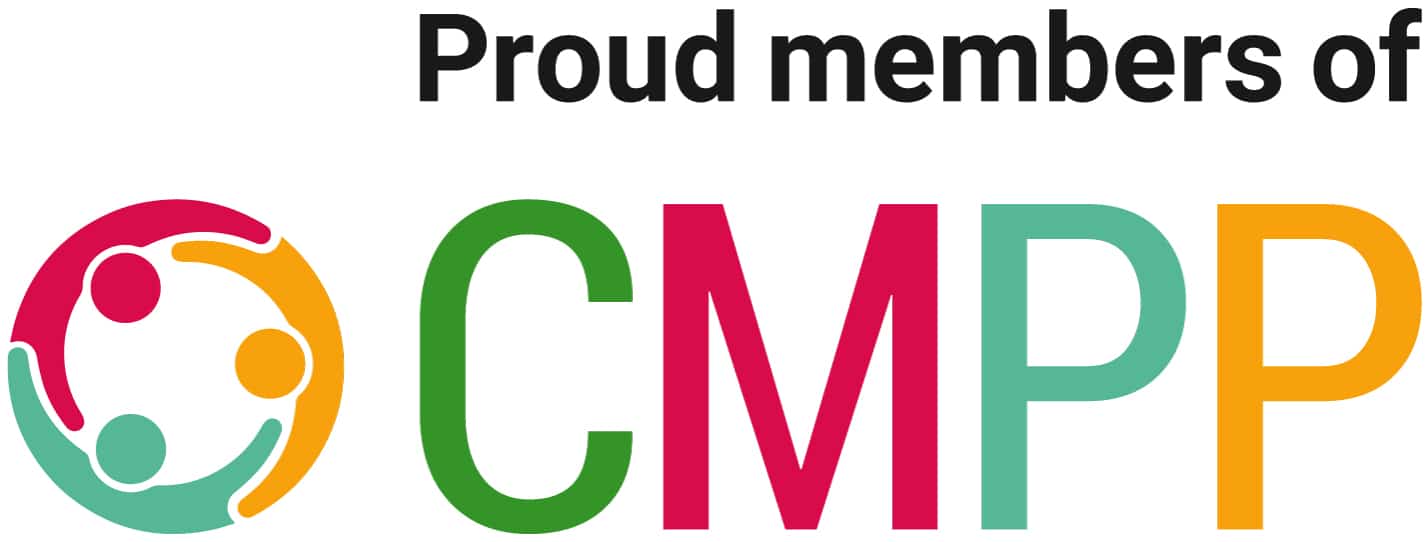- March 14th 2014
- SEO
Signal vs Noise – SEO and Wordcount

How far do you read through most web articles? A line or two, maybe a short paragraph before you move on? And are the ones you stick with the long, drawn out articles, or are they the short ones you could get through in a couple of minutes?
Yet despite the short attention spans we all bring to the web, when it comes to search engine optimisation (SEO) we pour words onto the page as if more were best, often crowbarring in awkward word choices for those precious Google rankings.
So how can we address this contradiction?
Attention and legibility
There are two good reasons why less may be more in writing web content.
First is attention span. As illustrated in this Slate article by Farhad Manjoo, most readers don’t finish most articles. In the data Farhad looked at, 38% of people visiting a page never got past the first line. Of the remaining readers, 5% never even scrolled down, and 50% were lost within a few hundred words. So if you want visitors to take in your message then brevity is more effective than a large heap of words.
Second, and equally important, is the question of comprehension. Effective communication with customers involves using plain English – short sentences, simple structures and straightforward word choices. The longer your message, the more twists and turns it takes to fit keywords in, the less likely it is to be understood by readers.
This is especially important if you cater to an international market. The plainer the language you use, the more succinct your message, the more easily non-English speakers will be able to understand it.
The wordcount balancing act
The problem is that, as already mentioned, effective SEO often means lots of words, including repeated keywords. So how can you balance this with short attention spans and plain English?
Firstly, think hard about the volume of words. Just how long do you need to go? Is the SEO edge this will give you more important than getting through to the people who find your page?
Break the text down into chunks. A short first paragraph that summarises your message may allow you to reach even visitors who don’t scroll down. If you can, put some of your text into sidebars and inset text, so that each individual chunk of content is shorter and more approachable. Put awkward keywords into headings, captions and tags, where they won’t mess with the flow of your writing.
More than any of these, have compelling content. People are less likely to read a long article, but they’ll be more forgiving if it’s well written and interests them. As novelists have shown down the centuries, you can throw out any rule if you provide good enough writing.
Think reading format
These days you should also think about the devices your visitors will be reading on. A paragraph that’s short by the standards of laptop screens and tablets may look long and dense on a smartphone. A selection of boxes that breaks the text down nicely on a portable screen may look cluttered or messy on a monitor.
Even within the realm of smartphones, the market you’re aiming for makes a difference. Customers in western countries tend to use sophisticated devices, while those in the developing world use simpler feature phones. Make sure you’ve seen your text on the sort of screen it will most often be read on, and that it looks good that way.
Don’t go long
Whenever possible, web content should be short, punchy, direct, and crafted from simple words. When this isn’t possible find tricks to disguise the length and complexity of your content, to make sure that your site isn’t just seen but is read too.
- How Does the Google Data Leak Help Us Get Better Rankings? - June 4th 2024
- New: Manage Google Business Profile Manager in Google Search - June 7th 2022
- The Google Page Speed Update: What Can I Do About It? - July 6th 2021


